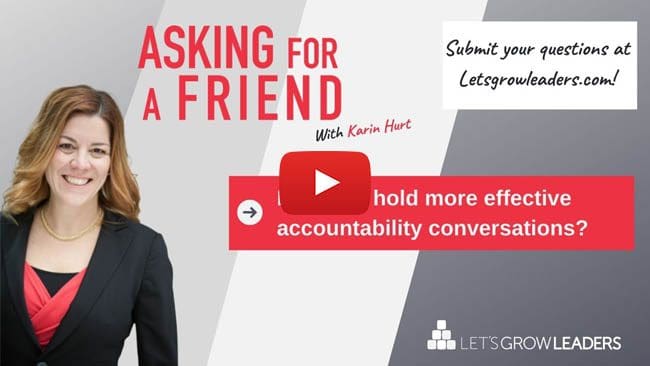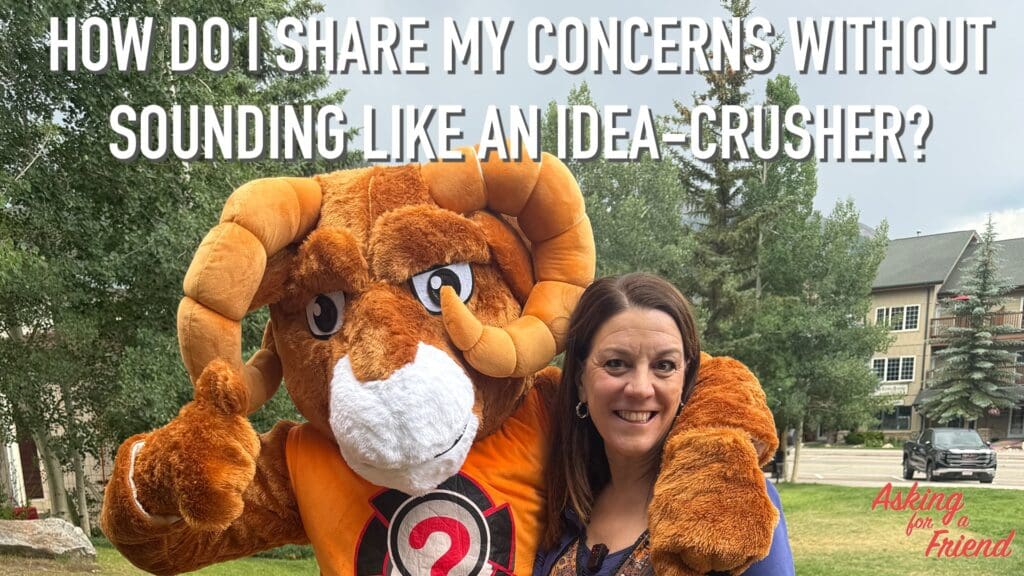Project management isn’t for the faint of heart. You’re pressured from above to produce results and from below to cultivate relationships with your project teams. And in between, you’ve got scope creep, stakeholder politics, and vaguely supported contingency plans. You can become an expert at managing these and other core project management challenges. But to do so, there is one skill you’ll need to master.
FOR EVERY $1 BILLION INVESTED in the
United States, $122 million is wasted due to poor project performance.
The Biggest Project Management Challenge
Projects may fail for many reasons. But projects that have failed all have one thing in common: accountability has been replaced by finger-pointing.
You can learn to support people to take responsibility for their roles in a project’s outcome. Through short, strategic accountability conversations, you can teach people to do what they’ve agreed to do, ask for help when they need it, and dig in to contribute at their highest possible levels.
When you have accountability conversations consistently, your projects will meet schedule, budget, and quality goals more often.
An appropriate feedback conversation is a short, specific talk that (1) draws attention to the issue; (2) facilitates mutual discussion; and (3) inspires and confirms commitment to new behavior.
The I.N.S.P.I.R.E. Model For Project Management Accountability Conversations
To begin and guide such a conversation, you can use the I.N.S.P.I.R.E. Accountability Tool from our best-selling book Winning Well: A Manager’s Guide to Getting Results Without Losing Your Soul:

Project managers – click the image to download the INSPIRE model and start having more effective performance and accountability conversations.
I- INITIATE
Initiate the conversation in a respectful manner. Traditional feedback models often start with the person giving the feedback asking for permission. For example, you might ask a colleague, “Can we talk about what happened with this deliverable?” Feedback is best received when you’ve been welcomed to provide it.
Sometimes, though, the conversation isn’t optional. You may need to be more direct. Even in those instances, you can still establish respect. For example, you might say, “I need to talk with you today. Is this a convenient time or would you prefer this afternoon?” Initiate accountability conversations as close to the moment of concern as possible. Don’t wait three days to address an unkept agreement or heated conversation. Take care of the issue at the first opportunity.
N- NOTICE
Share your concern or observation.
- “I’ve noticed that you agreed to a deliverable beyond this project’s____.”
- “I’ve noticed that your conversations with IT have gotten more ____.”
- “I’ve noticed that you haven’t weighed in on the contingency plan I ____.”
S- SPECIFIC SUPPORT
Provide specific, supporting evidence you can see.
- “We agreed that all additional requests from the client would be discussed before being agreed to. That discussion did not____ .”
- “In your last two conversations with IT, you were shouting by the end of the____ .”
- “I asked for your feedback or approval within two weeks, but I haven’t received a response from____. ”
P- PROBE
After you present the situation, the other person needs a chance to talk. Ask a question in a neutral, curious tone to allow her to share
any relevant information. Generally, “What happened?” is adequate and allows the person to share information or to own the situation.
- “What happened with that agreement?”
- “What happened on those calls?”
- “What happened that you haven’t responded?”
Occasionally there will be an understandable reason for the poor performance. For example, the person may be struggling with family issues. If this is the case, ask what support they need to regroup and get back on track.
I- INVITE SOLUTIONS
Once the other person has had a chance to share his thoughts, invite him to solve the issue. Start with a review of the expectations, then ask for his thoughts on how to resolve the problem. If he can’t come up with an effective solution, you can provide specific suggestions on how the situation could be handled.
- “The success of this project hinges on our ability to deliver on schedule and within budget. We can’t do that if we get overextended. I suggest you revisit your agreement with the client and explain that we can only add this deliverable if we receive additional resources to do so—making it crystal clear that we are committed to this project providing the highest quality outcome for them.”
- “I recommend that you ask yourself what your colleague in IT is actually trying to communicate to you. Consider if you may be overly defensive in how you’re responding. How might your conversations be different if you extended the benefit of the doubt?”
- “It’s critical that we develop a plan to mitigate this project’s risks. Your perspective is important to that process. I need you to weigh_____. ”
Sometimes you may discover that people simply need more training about how to manage their emotions, energy, and time effectively.
R- REVIEW
Ask one or two open-ended questions to check for understanding and one closed-ended question to secure commitment.
- “What concerns do you have about this approach?”
- “How would your results be better if you did that every time?”
- “Can I count on your commitment?”
Ask the contributor to review her specific commitment: “To ensure I’ve communicated effectively, can you please recap what you will do?”
E- ENFORCE
Enforce the behavior and why it’s important while reinforcing your confidence that the person can do this.
- “I’ll look forward to hearing about how the client wants to move forward to resource this new____.”
- “I’ll check back with you on your next three calls and listen for you extending the benefit of the doubt to your colleague. This project needs your relationship with IT to be healthy and productive.”
- “I’ll look forward to seeing your feedback to the contingency plan I suggested within the next three____. ”
You might conclude with:
- “I appreciate your taking the time to make this____. ”
- “I have every confidence that you can do____.”
- “Thank you for your time and____. ”
According to a recent study in the Harvard Business Review, 92% percent of people agree that if delivered appropriately, negative feedback is effective at improving performance. When behavior doesn’t change, it’s often because the feedback is too vague, or the conversation goes so long that the other person forgets what he needs to do. Work to I.N.S.P.I.R.E. specific behavior change and deepen accountability through managing the art of tough conversations.
What happens when one accountability conversation is not enough?
Sometimes, one accountability conversation is not enough. When it’s time to re-engage, the ART of the tough conversation comes into play:









0 Comments